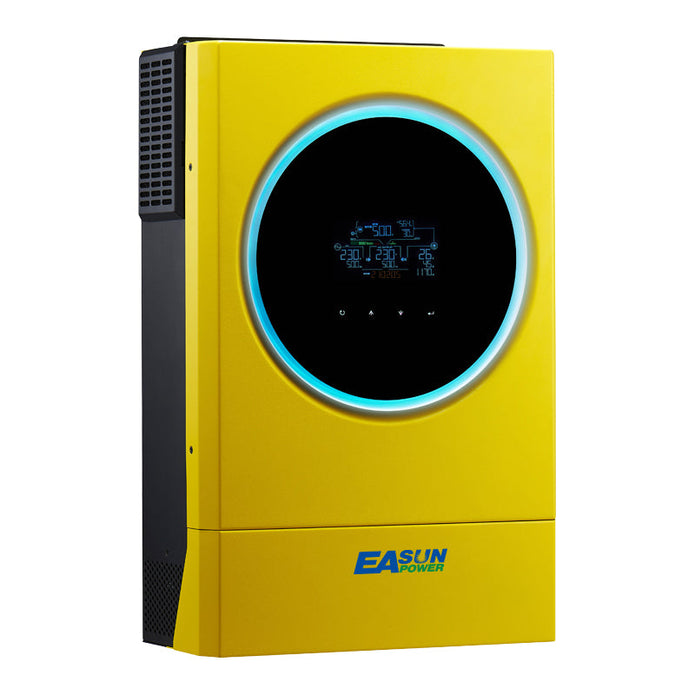In the evolving landscape of renewable energy, the dual operation solar inverter for grid tie and off-grid systems has emerged as a pivotal technology. This innovative device allows users to harness solar energy efficiently, whether they are connected to the grid or operating independently. But what exactly does this mean for consumers and energy producers alike?

What is a Dual Operation Solar Inverter?
A dual operation solar inverter is designed to manage energy from solar panels in two distinct modes: grid-tie and off-grid. In grid-tie mode, the inverter synchronizes with the utility grid, allowing excess energy to be fed back into the grid. Conversely, in off-grid mode, it operates independently, storing energy in batteries for later use. This flexibility makes it an attractive option for various applications.
Benefits of Dual Operation Solar Inverters
- Energy Independence: By utilizing off-grid capabilities, users can achieve greater energy autonomy, especially in remote areas.
- Cost Efficiency: Grid-tie functionality allows users to sell excess energy back to the grid, potentially lowering electricity bills.
- Reliability: These inverters provide a reliable power source during outages, ensuring essential devices remain operational.
- Environmental Impact: Utilizing solar energy reduces reliance on fossil fuels, contributing to a greener planet.
How Does a Dual Operation Solar Inverter Work?
The operation of a dual operation solar inverter for grid tie and off-grid systems involves several key components:
- Solar Panels: Capture sunlight and convert it into direct current (DC) electricity.
- Inverter: Converts DC electricity into alternating current (AC), suitable for home use or feeding into the grid.
- Battery Storage: Stores excess energy for off-grid use, ensuring power availability when sunlight is insufficient.
- Grid Connection: Allows for the export of surplus energy back to the grid, providing potential financial benefits.
For those interested in exploring advanced options, consider checking out the  . This product exemplifies the capabilities of modern dual operation solar inverters.
. This product exemplifies the capabilities of modern dual operation solar inverters.
Choosing the Right Dual Operation Solar Inverter
When selecting a dual operation solar inverter for grid tie and off-grid applications, consider the following factors:
- Power Rating: Ensure the inverter can handle your energy needs.
- Efficiency: Look for inverters with high conversion efficiency to maximize energy output.
- Features: Some inverters offer advanced monitoring and control options, enhancing usability.
- Warranty and Support: A good warranty and customer support can provide peace of mind.
Conclusion
In summary, the dual operation solar inverter for grid tie and off-grid systems represents a significant advancement in solar technology. By understanding its functionalities and benefits, consumers can make informed decisions that align with their energy needs and sustainability goals. As the demand for renewable energy solutions continues to grow, embracing such technologies will undoubtedly play a crucial role in shaping a sustainable future.








